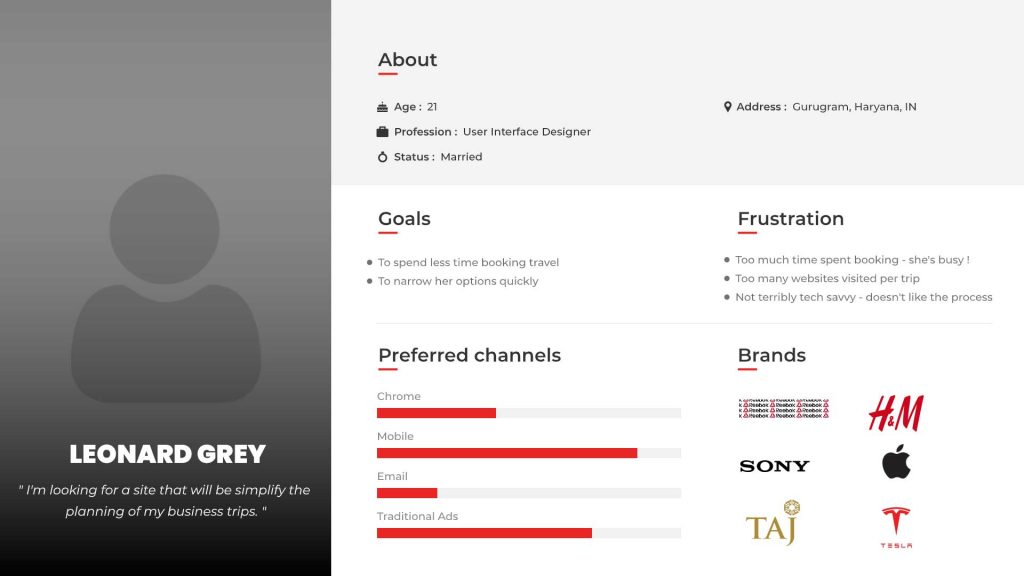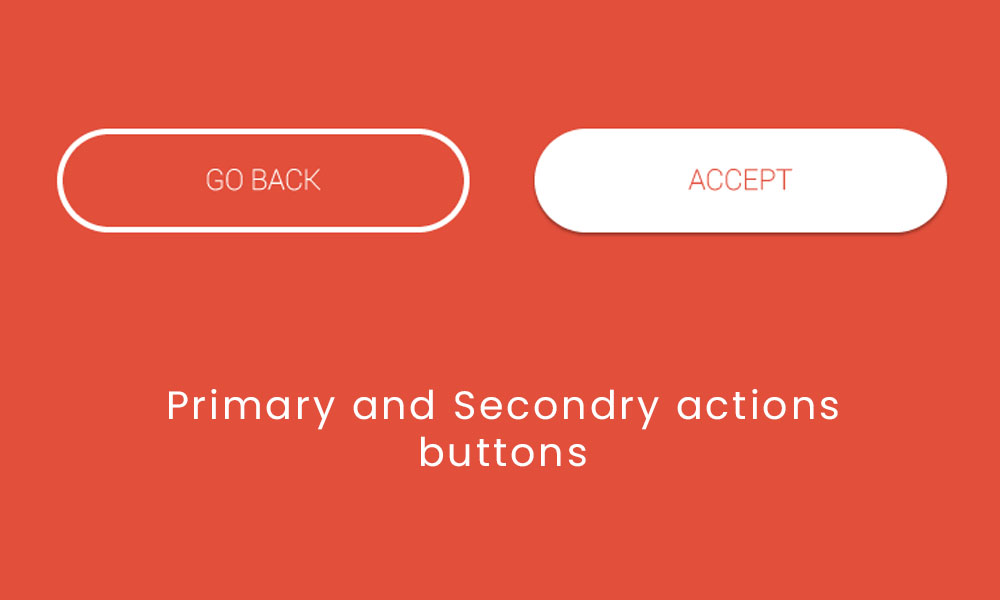The user persona is a fictional character which represents the target audience of the website. A persona is something that people use to get over their feelings of inadequacy or feelings of not belonging.
User personas are created based on various criteria such as demographics, psychographics, and lifestyle. These personas will be specific for your website and they will help you convey your message and draw in your audience more effectively.
User personas can also provide insight into what motivates them and how they think about information presented to them.
Experts say that it helps web designers create better websites because it helps them understand what will motivate their users to become loyal customers.
2 types of user personas and their needs in web designing
The first type of user persona is the general user. This persona likes to browse websites, but they might not be interested in reading great length of text on a website, nor do they want to get involved with any particular product. They like simple content and designs that offer a quick step-by-step guide on how to get started with a service or product.
The second type of user is the customer or end-user, who wants to receive information about products and services provided by companies. They want detailed information instead of an overview and like to be able to contact their company if they have any questions. They also want information that is presented in a way that’s easy for them to digest – infographics
When should you use a user persona?
User personas are most effective when they are used before the development of any digital product or service. They can be used to determine what features should be included in the product and how it will be marketed.
What are the different types of user personas?
User personas are a popular and widely used type of persona in user experience design. They help designers to understand their target audience and design for them.
There are three main types of user personas:
The Goal User: This is the end-user who will use your product (e.g., a website)
The Target Audience: This is the end-user that your product is built for (e.g., parents, children, students)
The Influencer: These individuals have influence on others’ behaviors or would be interested in products that you offer.
How Do You Make a User Persona?
The user persona is a term used in marketing to identify the different types of people who use a product. This includes demographic details such as age, gender, geographical location, etc. It also includes behavioural details such as how they interact with the product or how they perform tasks with that product.
The main goal of creating a user persona is to make that person more relatable and ultimately easier to sell to them. After all, why would you want to buy something from someone you don’t know?
There are many ways of creating a user persona. For example, you can ask your team members what type of person they think might be interested in your product or service. You can also conduct surveys with your customers so that you have data on their demographics and behaviours.
Example of user persona?

A user persona is a profile of a real user that can be used to design an interface or website that will best meet the needs of the personas. The example of user persona here is someone who is new to writing on Quora.
The first step, before creating an interface or website, would be to identify the users who are going to use it so that they can design for their specific needs. User personas are created through research and interviews with people who have similar experiences as the target users.
One example of user persona is the stereotypical entrepreneur – someone who’s young, ambitious, and likely to work long hours.
History of user personas
User personas are not just for websites. They can be used for advertising platforms, social networks, or any other digital product that has a goal of reaching their audience effectively.
According to UX designer James Cooper, there is no single definition for user personas. There are three types of user personas – marketing user persona, content user persona, and support/service user persona. The marketing user persona is the one that’s usually defined first-hand by their company’s marketing team while the support/service one is created by customer service representatives or support staff at the company.
Challenges in creating user personas
The challenge in creating user personas is that it can be difficult to find all the data for this type of research without extensive resources. Some companies use surveys, interviews, and other methods for finding out information about their customers; however, these methods can be expensive and time-consuming.
Creating personas requires a lot of time and effort because it can be difficult to come up with an exact representation of what your customer may look like or what their specific needs may be. There are many challenges that come into play when creating personas including time constraints, lack of data, difficulty describing users’ emotions, inability to take risks on emerging technologies, etc.
Before creating any user persona, there are certain steps that should be followed. These include understanding the goals of your product, gathering data about your target audience, and defining your target customer’s personality traits.
This process starts with understanding the goals of your product which will help you decide what you want to achieve with it. Next is gathering data about your target audience which will help you decide who you want to aim for and what type of content or features they would like to see on the product or website. Finally, define personality traits it will help guide you re-presentation of users.
What is a negative user persona?
The negative user persona in this case could be someone who does not like to shop in retail stores but instead likes to collect items that they want, buy them when they’re on sale, and then resell them on eBay. The negative user persona will also look for certain discounts when making purchases online.
A negative user persona is a fictional character that represents an average, non-enthusiastic, and non-engaged user of a product. A negative user persona typically has low expectations for the product and typically does not take action or engage with the product’s content.





